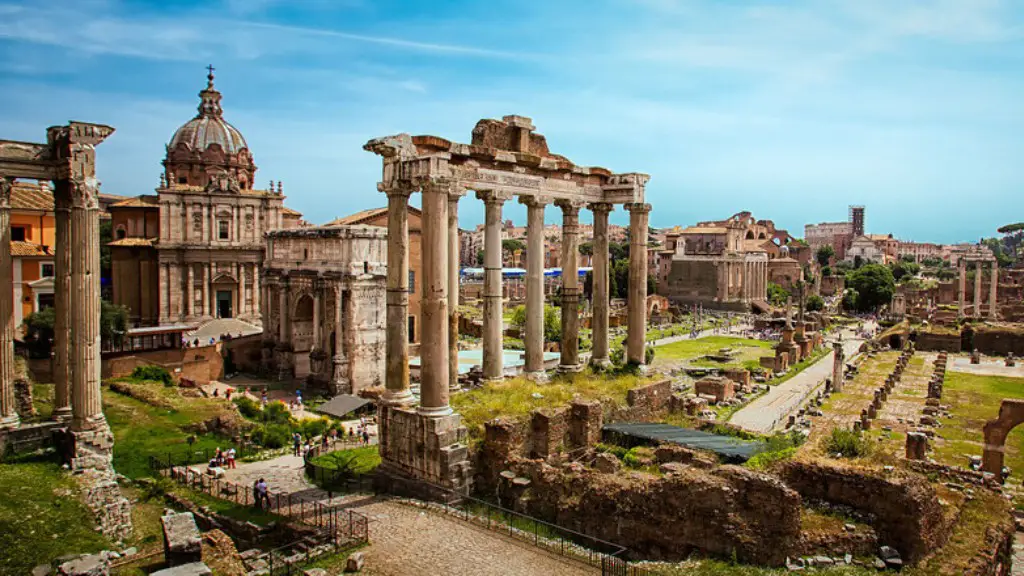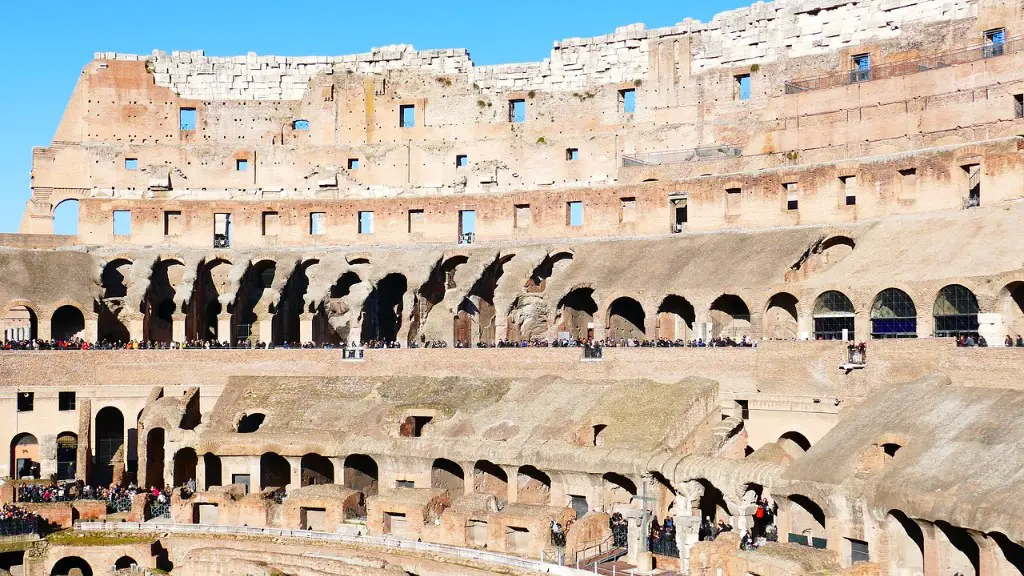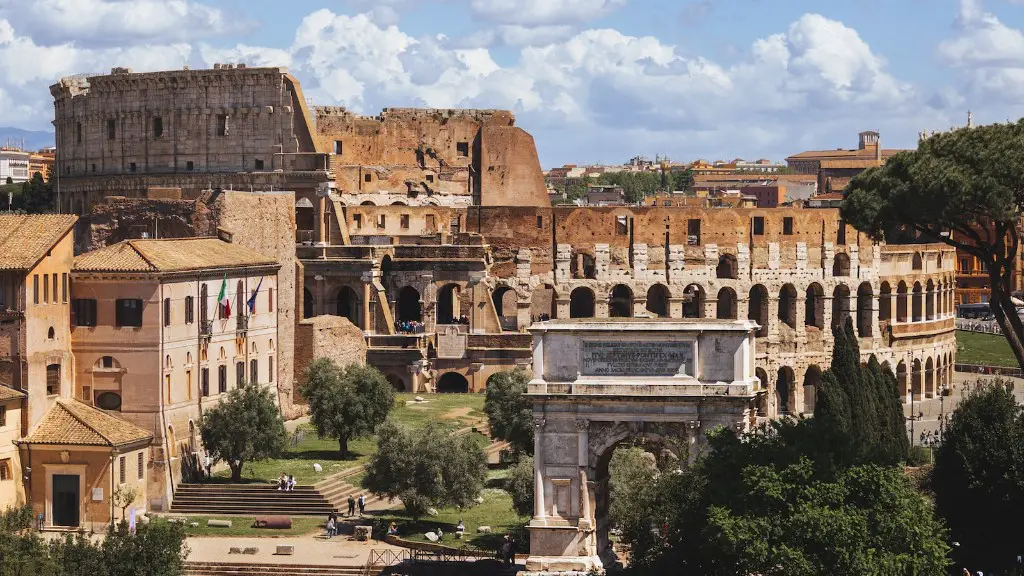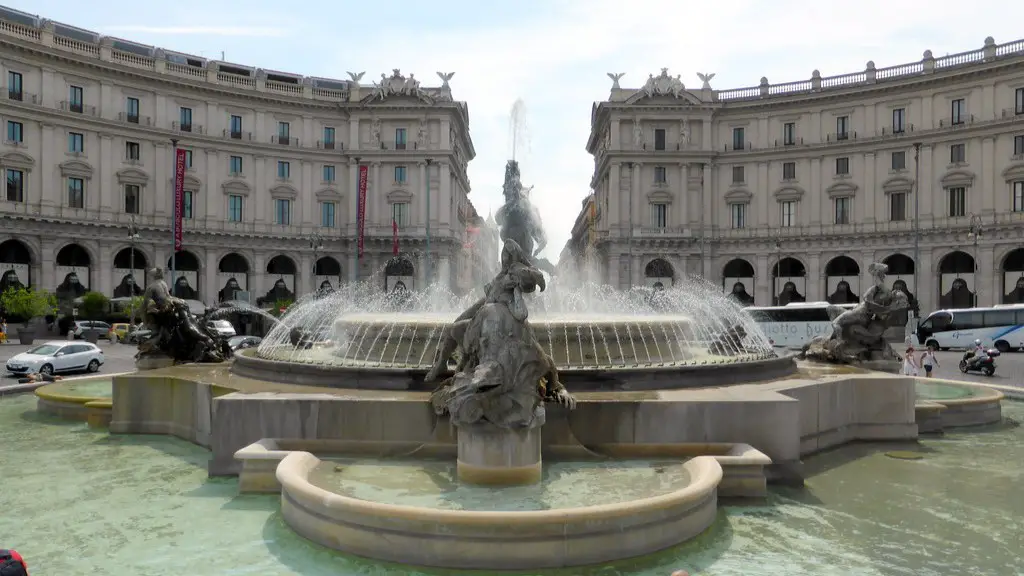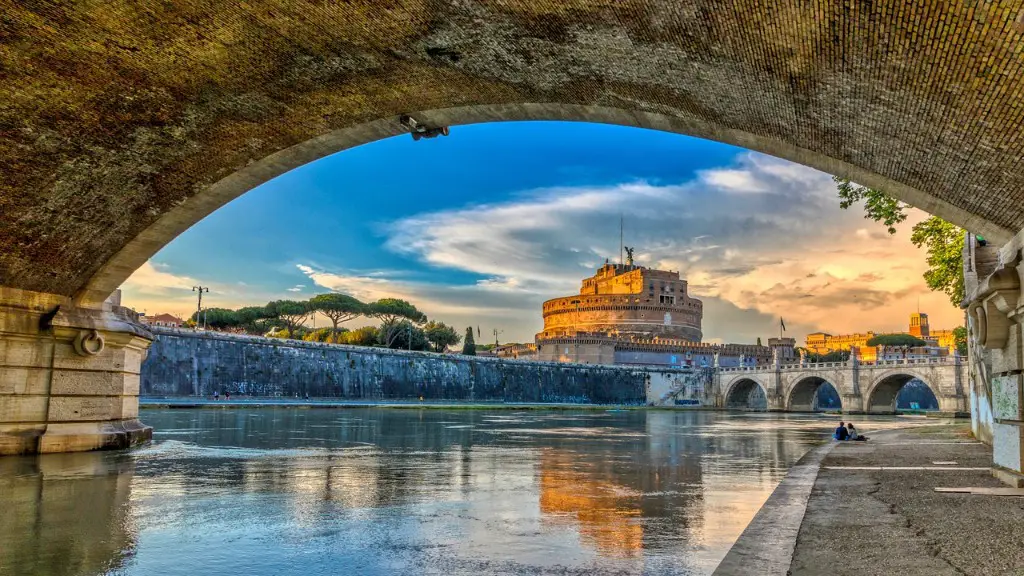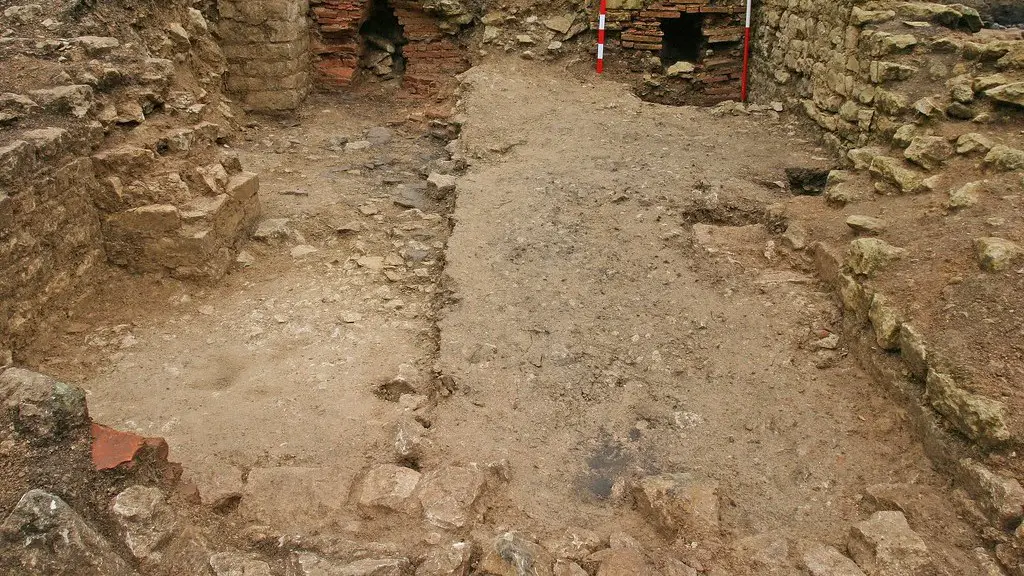When Does Ancient Rome Fall?
Fall is a term used to describe the decline and disintegration of the Roman Empire. The fall of the Roman Empire is usually dated between 476 and 1453 AD. It is among the most renowned and studied historical events in the world.
The Roman Empire was established in the year 27 BC and lasted until 476 AD. It was the largest political entity in the world, attributable to its range and culture. During its reign, Rome controlled most of Europe and the Middle East. It was governed by an emperor, who acted with absolute power.
However, as the Roman Empire fell, its administration and economic system began to crumble. From 280 to 380 AD, Rome experienced a period of military anarchy due to a series of civil wars. During this time, the Roman system of government became corrupt and unable to respond to external threats. This turmoil caused the empire to lose its economic and military resources and it eventually fell.
In 476 AD, the Germanic king Odoacer overthrew the Western Roman Emperor Romulus Augustus. This marked the beginning of the end for the Roman Empire. After Odoacer, other Germanic kings took control of Rome, establishing the Ostrogoth and later the Lombardy empires. During this time, the empire was reduced in size and fragmented, continuing to decline until it eventually fell in 1453 AD.
Scholars have offered various explanations for the fall of the Roman Empire. One of the most accepted theories is that the empire was too large and complex. As the empire grew in size, it became increasingly difficult to manage it. In addition, the Roman economy was heavily reliant on slave labor and faced extensive taxation. This likely caused a decline in agricultural productivity, which accelerated the decline of the Roman Empire.
Other theories for the fall of the Roman Empire include overexpansion of the military and civil wars caused by internal conflicts. These conflicts weakened the Roman Empire’s authority, leaving it unable to protect itself from external threats. In addition, outside invaders such as the Huns, Visigoths, Picts, and Franks caused significant damage to the empire’s infrastructure. All of these factors contributed to the fall of the empire.
In addition to tracing the reasons why Rome fell, historians have also examined its legacy. Despite its collapse, Rome’s culture and influence had a lasting impact on Western civilization. Its legal system, language, and handwritings remain embedded in the modern world. Its architecture and engineering feats, such as aqueducts, still remain standing. Rome’s influence in the realm of literature, philosophy and religion cannot be denied. It has profoundly shaped the cultures, nations and peoples of the world.
Who Was Responsible for Rome’s Fall?
Although there is no clear answer for who was responsible for Rome’s collapse, scholars have attempted to assign blame. Historians have debated whether Rome’s decline was due to internal or external factors. Both played a crucial role in the eventual fall of the Roman Empire.
Continual internal instability and revolts within Rome contributed to its decline. Political unrest, the rise of Christianity, and military overstretchment all weakened the empire. In addition, the decline of the Roman currency caused economic decline and placed an additional burden on the Roman people.
External foes such as the Huns, Goths, Visigoths, and Franks also played a role in the decline of Rome. These groups invaded Rome and carved out portions of its territories, weakening its influence and authority. In addition, some of these tribes sought to convert Rome to their faith, further destabilizing its security and political structure.
Although there is no exact answer for who was responsible for Rome’s decline, most scholars agree that it was a combination of both internal and external factors. Declining moral values, a weakened political system, and outside invaders all worked together to cause the fall of the Roman Empire.
What Was Life Like After the Fall of Rome?
After the fall of Rome, Europe entered the Middle Ages, a period of decline and turmoil. There was a decrease in trade and commerce and a shift towards a more rural and agricultural society. Although this time marked the decline in Roman culture and power, it also saw the rise of new medieval kingdoms and a new religious faith.
Life in the Middle Ages was much different than life in the Roman Empire. Cities began to lose their populations, while villages and towns saw an increase in population. Feudalism became the predominant political and economic system, with people living and working in small, dispersed communities. Trade and commerce declined and barter became the dominant economic form.
Religion was a major theme in the Middle Ages. The spread of Christianity saw churches and cathedrals being built all over Europe. Monasteries and abbeys were formed to spread the faith and offer education and guidance to the people of the time. Religion had a direct influence on politics as well, with Popes and other religious figures playing an important role in government.
Despite the economic and political turmoil of the Middle Ages, it was still an important time in European history. This period saw the rise of some of Europe’s most powerful dynasties and the flowering of art and culture. Although life after the fall of Rome was different, it was still a time of progress and growth.
Impact of the Fall of Rome
The fall of Rome had a profound impact on the world. It marked the end of a powerful and influential empire and ushered in a period of socioeconomic and political disruption. It is often considered as one of the turning points in Western history, leading to the emergence of the modern world.
The fall of Rome marked the end of the Classical era. It saw a decline in the population, economy, and political stability of Europe. With it, the ancient Roman concepts of law and government were gradually replaced by new systems based on feudalism, monasticism, and the Church. This shift altered the course of European history, leading to the emergence of powerful nations and empires.
In addition, the fall of Rome changed the face of art and architecture. Roman art and architecture left a lasting impression on the world. The Classical style paved the way for the emergence of the Byzantine, Renaissance, and Baroque styles of art. Although the Roman Empire is long gone, its cultural and artistic legacies are still alive today.
The fall of Rome was a major turning point in world history. It marked the end of an influential empire and ushered in a period of political and economic upheaval. Despite its decline, Rome left an indelible mark on the world, its influence still resonating in art, architecture, law, and language.
How Was the Fall of Rome Overcome?
The fall of Rome may have come as a shock to many people of the time, but it was eventually overcome by the development of a new political, social, and economic system in Europe. The Medieval period saw the emergence of a new power structure, with powerful kings and governments ruling over the region. In addition, the widespread adoption of Christianity helped unify the people and provide spiritual guidance.
The Medieval period also saw the rise of cities, particularly in Italy and France. These cities acted as centers of trade and commerce, helping to revive the economy and provide employment opportunities. Technological advancements such as the printing press, gunpowder, and the clock, also helped to boost European power and influence.
The Renaissance period saw a renewed focus on learning and science. It was a period of great intellectual and cultural growth, and it was responsible for reviving many aspects of Roman life. This period saw the emergence of artists, thinkers, and statesmen, all of whom helped initiate a new era of European thought and culture.
The fall of Rome was eventually overcome by a combination of technological advancements and the emergence of powerful nations and civilizations. By the fifteenth century, Europe had emerged as a global superpower and a period of unprecedented growth and prosperity had begun.
What Other Empires Have Fallen?
Throughout history, numerous powerful empires have risen and then fallen. One of the most famous is the Mongolian Empire, which was founded by Genghis Khan and expanded under his successors to span much of Asia and parts of Europe. The Golden Horde, the Ilkhanate, and the Yuan dynasty were all extensions of the Mongol Empire. It eventually fell in the fourteenth century due to internal strife and outside invasions.
The Spanish Empire was one of the most powerful empires of its time. It extended from Spain into Europe, the Americas, and parts of Asia. It was at its peak in the late sixteenth century, but by the early eighteenth century it was in decline. It eventually fell as a result of wars, revolutions, and outside interventions.
The Ottoman Empire was a powerful empire that extended over much of the Middle East, North Africa, and Southeast Europe. Founded in 1299, it lasted until its dissolution in 1922. It fell due to external invasions, internal strife, and the influx of European powers into its territories.
The British Empire was one of the largest and longest lasting empires in history. At its peak, it controlled one fifth of the world’s population and a vast amount of territory. It fell as a result of slow economic decline, increasing resentment of British rule, and the independence movements of its colonies.
The fall of empires has been a common theme throughout history, and many influential and powerful empires have risen and fallen. Despite their decline, these empires have left an indelible mark on world history, leaving behind a lasting legacy that still impacts the world today.
